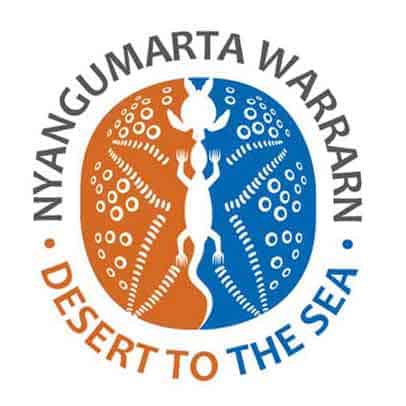Interesting tracks
A Contribution by Clive Minton
As far as the Oriental Pratincoles are concerned, the main news is that SHE has almost certainly confirmed that it moved to a second breeding location in Cambodia and gave a pattern of tracks over an extended period (85 days) which appear to indicate a second breeding attempt.
The bird which bred in India (SEP) has continued moving southwards and is now on the east coast of Sri Lanka. SUN continues to give only relatively poor satellite tracking reports and it may be that we are going to ‘lose’ this bird soon somewhere in western Taiwan. It is still not clear yet if the second bird in Cambodia (SEC) has made a second nesting attempt.
Full report from Grace Maglio
It really does look like SHE has made another breeding attempt. SEC is still in Svey Rieng Province.
SEP has made it to Sri Lanka and…
Unfortunately, there have been no signals at all from SUN since 6 August.


Oriental Pratincoles on the move
No Data for 2 ½ weeks
With input from Chung-Yu Chiang
Leg Flag SUN (PTT 83591)
Signals have ceased and there has been no location data for SUN since 6 August. While this is not good news, there is still a chance that signals may resume. We are not quite ready for a shed/dead call yet!

Water and agriculture - sound familiar???
With input from Subbu Sabramanya
Leg Flag SEP (PTT 83593)
Since around 16 August, SEP has been located in Sri Lanka. On 24 August SEP is shown to be in the Batticaloa District, (in the Eastern Province), approximately 1190km from its Almatti Dam breeding location.
A closer look at the area of the last location data finds water and agricultural activity, a regular theme in terms of habitat choice for the Oriental Pratincoles in this project. SEP is presumably attracted by the rice paddies of the region.


Second Breeding attempt very possible
Leg Flag SHE (PTT 83595)
For the last 85 days SHE has been tracked in Prey Veng Province, and the tracks are showing a centre point.
To date we are unable to confirm the length of the breeding season for this part of Cambodia, which would help us confirm our suspicion of another breeding attempt. The below tracks only take into consideration data from accurate readings, if all readings are taken into account the tracks show a very definite centre point.
Detailed analysis all of the data will most likely give us a much better indication of what may be occurring.

Conditions must be good around the Waiko River
SEC (PTT 83596)
86 days and SEC is still in Svay Rieng Province. It seems that SEC is utilising the agricultural area around Waiko River.
Although accurate data continues to be scarce, inaccurate data suggests extensive use of this area. Again, it will be interesting to see the results once a detailed analysis of tracking data has taken place.

Download a PDF copy of this report – Oriental Pratincole Satellite Tracking Report 17
Acknowledgements
Clive Minton
The extensive and expensive satellite tracking program we have set up in NWA has only been possible through the efforts and generosity of a large number of people and organizations. It is difficult to know where to start with the formal acknowledgements so I will list them – but not in any particular order of priority.
- The members of the AWSG NWA 2019 Wader and Tern Expedition and similar NWA expeditions in previous years, are particularly thanked for their efforts in the field in catching, banding and deploying transmitters on a range of species.
- Landowners are especially thanked for permission to go onto their property to enable us to catch various species in order to deploy the satellite transmitters. In particular we thank Anna Plains Station for giving us the freedom to roam over large areas of grazed grassland when counting and catching target species.
- AWSG acknowledges the Yawuru People via the offices of Nyamba Buru Yawuru Limited for permission to catch birds on the shores of Roebuck Bay, traditional lands of the Yawuru people.
- AWSG acknowledges the Karajarri and Nyangumarta people for permission to catch birds to be marked for this project on the shores of 80 Mile Beach, traditional lands of the Karajarri and Nyangumarta.
- The cost of the satellite transmitters, which cost around $5000 each, and the satellite downloading costs (around $1000-1500 per month) have been met by a variety of sources. Private individuals (Charles Allen and Doris Graham) have made most generous individual contributions. Kate Gorringe-Smith and her team of artists involved in The Overwintering Project made a large, generous donation from funds raised during their various public exhibitions. The annual NWA Expedition members, collectively, also provided significant funds each year.








